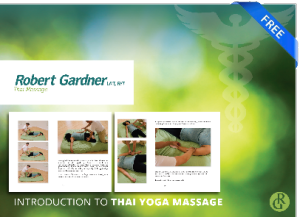Shoulders
I’ve had shoulder pain and misalignment on my left shoulder for so long it’s become part of me. Recently I had a major breakthrough and I’m slowly trying to integrate this new found movement and lack of irritation. Shoulders are extremely complex structures and due to the use of our arms the shoulder joint has more mobility than the other joints in our body. Long term this means we can develop more problems with them if we’re not careful.
The shoulders connect to the shoulder blades and then to the musculature and structure of the upper back and cervical spine. One completely affects the other and working on your shoulder joint can affect the shoulder blade, thoracic spine etc. Alignment is all.
Downward facing dog allows you to explore all of those structures but 1/2 downward dog allows more movement through the arms, more range of motion exploration and takes less strength to hold. This particular pose allows you to open the rib cage, pull the shoulder blades back and lets you experience some freedom from frozen shut and stuck on the rib cage shoulder blades.

